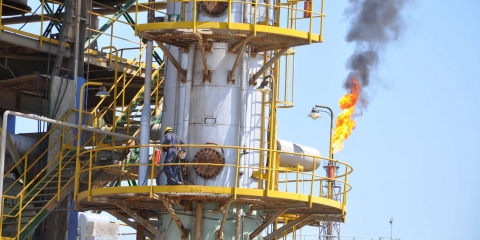The Islamic State’s Scorched Earth Strategy
From the moment Islamic State fighters surged into the Iraqi city of Mosul and then pushed deep into Kurdish-held territory in the summer of 2014, residents of Dibis have looked at their prized forest as more of a curse than a blessing. This village, located in the hills southeast of the Iraqi Kurdish capital of Erbil, once […]Peter Schwartzstein writes for Foreign Policy:
From the moment Islamic State fighters surged into the Iraqi city of Mosul and then pushed deep into Kurdish-held territory in the summer of 2014, residents of Dibis have looked at their prized forest as more of a curse than a blessing.
This village, located in the hills southeast of the Iraqi Kurdish capital of Erbil, once used the forest as a picnicking spot. Now, its dense foliage was being used by jihadis for attacks on the town. Local peshmerga commanders feared their foes might replicate tactics they’d used elsewhere, torching trees to shroud their target in smoke, rendering airstrikes useless.
The town’s defenders were right — the jihadis would eventually use the forest as a weapon. But their strategy was different than what the peshmerga expected: Rather than use the foliage as cover for a military advance, Islamic State fighters used it as part of a scorched-earth strategy designed to make the area unlivable for its inhabitants.





